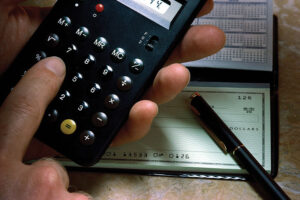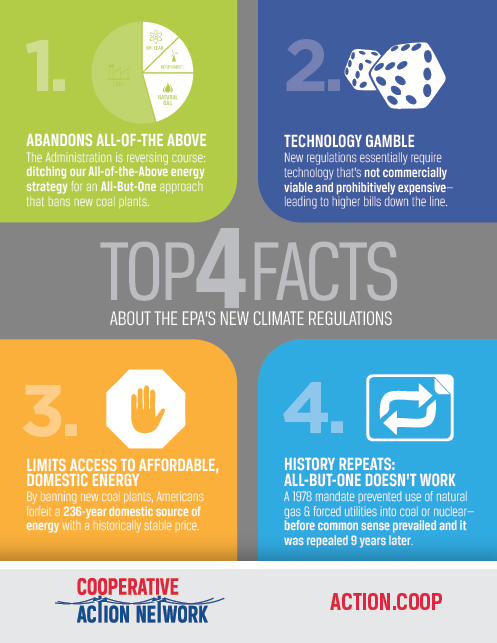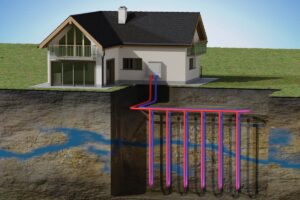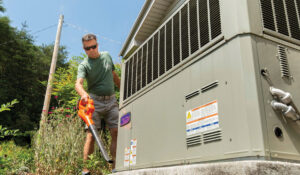 Does everybody care about his or her utility bill? The answer is “yes.” We all relate to our own comfort and utility bill. Well, that is understandable and the purpose of this column has always been to help you have a comfortable house and a reasonable electric bill.
Does everybody care about his or her utility bill? The answer is “yes.” We all relate to our own comfort and utility bill. Well, that is understandable and the purpose of this column has always been to help you have a comfortable house and a reasonable electric bill.
However, we sometimes confuse our electric bill with merely heating and cooling costs. This most often happens when the bill is received just after a hot summer month or a cold winter one, like last month. When we have questions about the comfort of a house, it usually involves the energy efficiency of the house and/or the heating and cooling system.
But let me remind you that your electric bill includes more than just the costs associated with heating and cooling. It includes kilowatts used for lighting, and the winter season requires additional hours of lighting. It also includes usage from appliances and chargers for phones and iPads, as well as power for the many other electronic gadgets in the home today. It also includes the power used to heat your water.
What most people do not know is just how many kilowatts are being used inefficiently, and out of sight is out of mind.
Consider this example. We received a call from a fellow who had built his house to our energy efficiency standards, which included using geothermal for heating and cooling. He’s a successful businessman and is blessed to have been able to build a very nice home.
However, he was shocked at his high summer electric bills. Because his house was in our service area, we told him we would make a courtesy inspection. Upon arrival, we drove through a secured access and up a long driveway to the top of the mountain where we saw a beautiful, large home. We parked next to a water fountain and noticed the outdoor landscaping lights were on during the day.
Well, now you can see where this story is going, can’t you? The building envelope of the house was actually very energy efficient and the geothermal system was performing beautifully. We learned the fountain at the entry, and the waterfall at the backyard swimming pool, ran 24/7. Next to the pool was an outdoor kitchen where the refrigerator was sitting in the sun near the big screen TV and the Casablanca type ceiling fans. There were extra freezers in the garage and several televisions. Our comprehensive audit revealed all of the energy efficiency items were working just fine. However, the embellishments – the bells and whistles – were costing dearly to operate and were inefficient. They were responsible for 50 percent of his total utility bill.
A similar call came from a lady who also lived in a new house built to our energy efficiency recommendations. Her summer electric bills were also higher than expected. After a long discussion, we concluded that her bills would be about as originally predicted if she would [1] disconnect the circulating hot water system that was adding heat to the house in the summer and causing the water heater to run continuously, and [2] unplug the two old freezers in the garage.
We often tell folks that heating, cooling and water heating together account for about 70 percent of the energy usage on the average house. And, we can give good advice on how to help control that cost. But much of the other 30 percent may involve lifestyle choices the homeowner has made, and those vary from house to house. That is the reason why we suggested in the last two columns that you request an energy audit on your house.

info@philliprye.com, or call 501-653-7931.
The basic formula for estimating an appliance’s electric use is (wattage × hours used per day) ÷ 1000 = daily kilowatt-hour (kWh) consumption. For example: Personal computer and monitor: [(120 watts + 150 watts) × 4 hours/day × 365 days/year] ÷ 1000 = 394 kWh × 11 cents/kWh = $43.34/year. You can usually find the wattage of most appliances stamped on the bottom or back of the appliance, or on its nameplate.
I just want to give you one example to think about. Consider getting rid of that old refrigerator in the garage, which is probably using 1,200 kWh a year. That’s about one month’s electric use for many homeowners. Cart it off and you get a free month!








